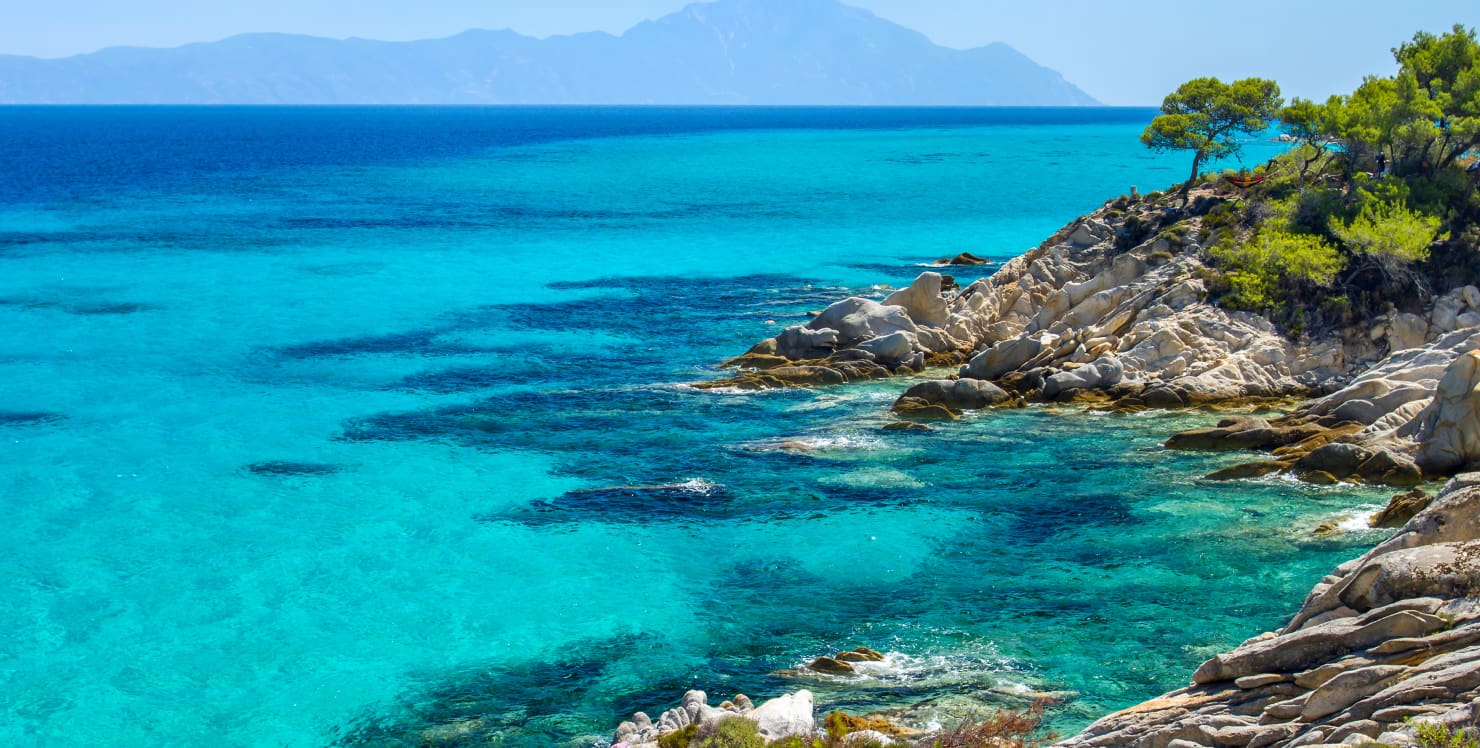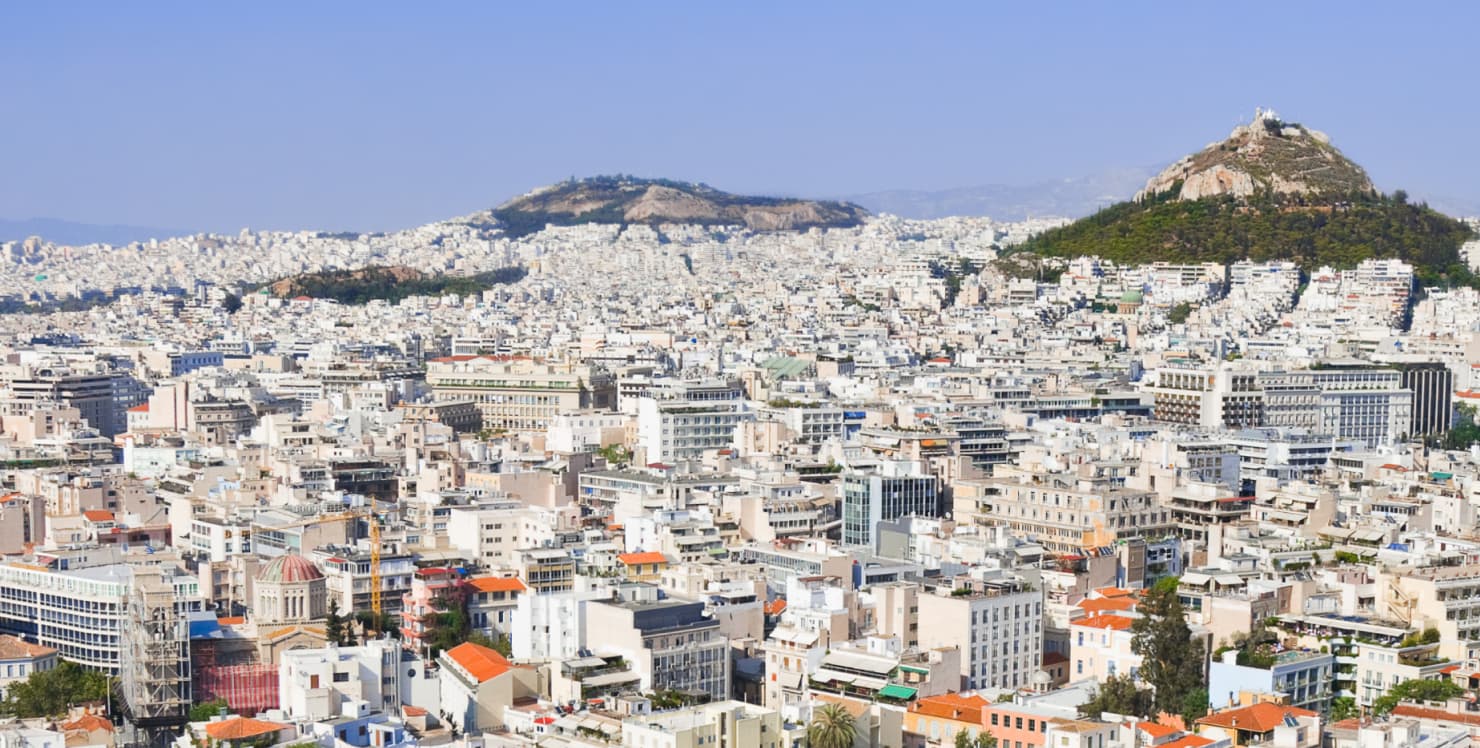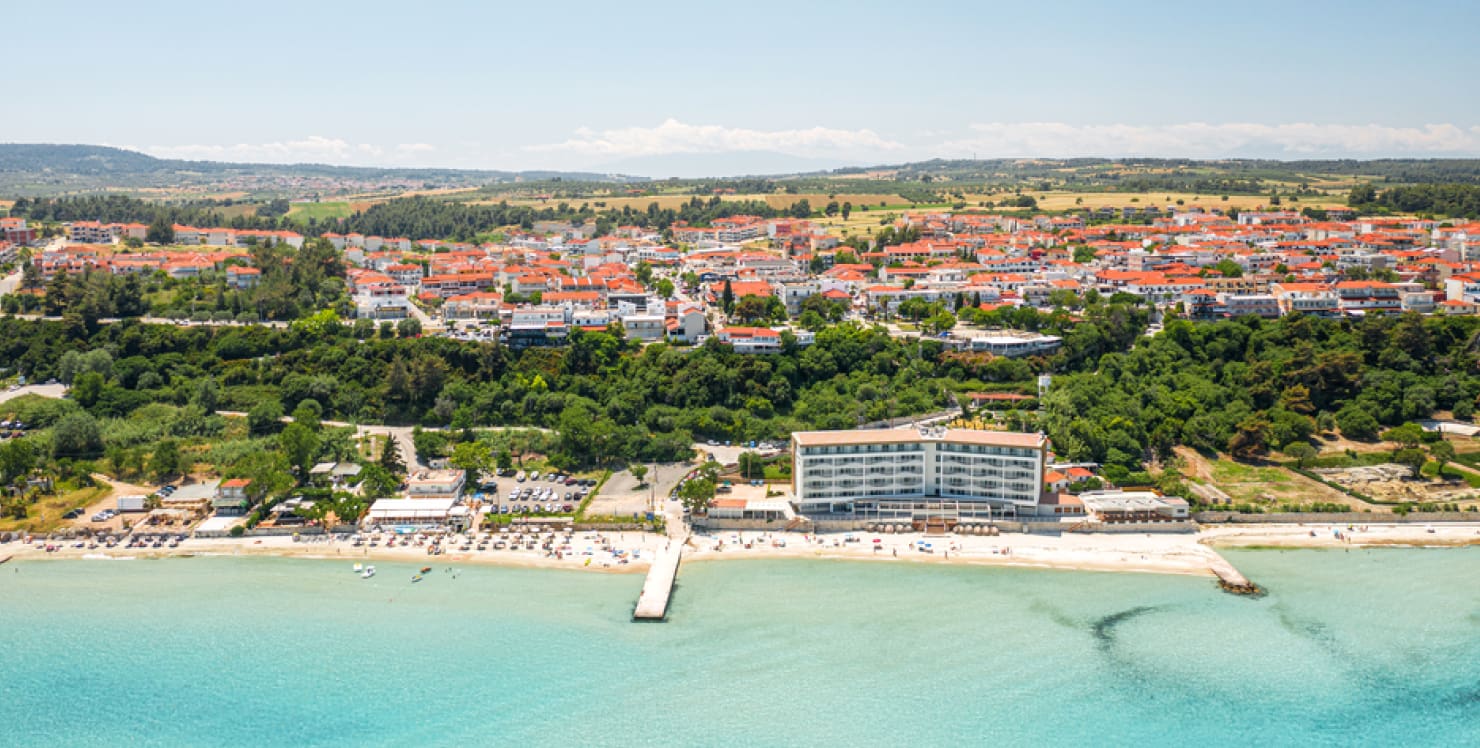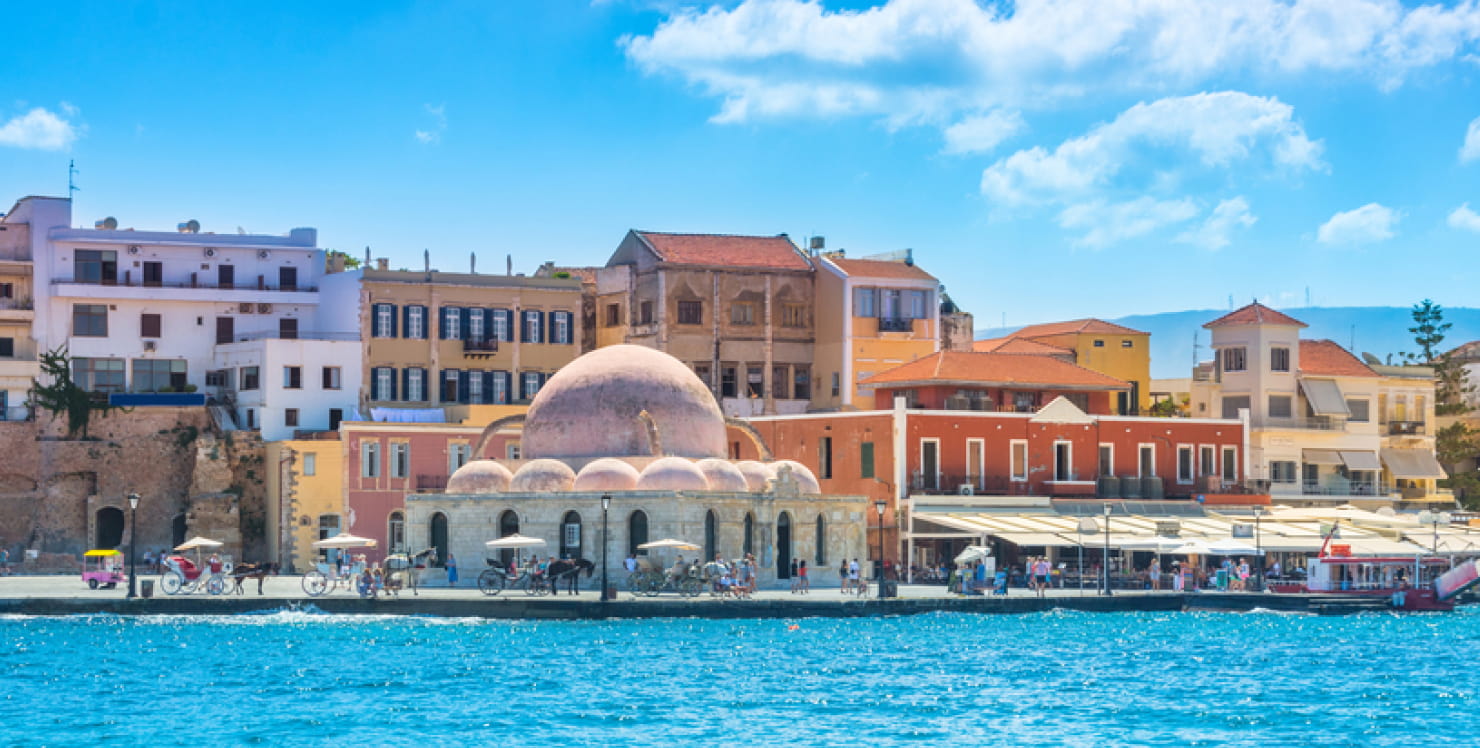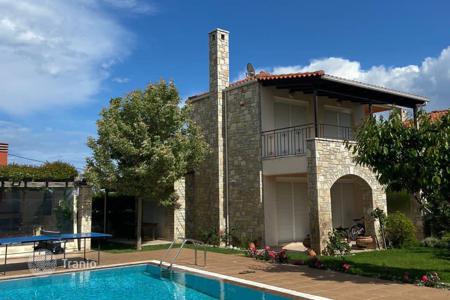Villas & houses for sale in Greece
- more ...
- Greece
- Greece ×
- Athens ×
- Crete ×
- Chalkidiki (Halkidiki) ×
- Thessaloniki ×
- Rhodes ×
- Corfu ×
- Kassandreia ×
- Attica ×
- Mikonos ×
- Chania ×
- Heraklion ×
- All locations in Greece ×
- Apartments
- Houses, villas, cottages
- Terraced houses
- Show all types
- Terraced houses
- Islands
- Development land
- Show popular
- 100k
- 300k
- 500k
- 700k
- 1M
- 2M
- 3M
- 100k
- 300k
- 500k
- 700k
- 1M
- 2M
- 3M
Residence in Greece when buying property for at least 250,000 €
-
You can buy an apartment package and rent them out
-
Real estate purchase is carried out completely remotely
-
Spouses, children and parents also receive residence permits
-
The RP proceeding requires at least one visit for fingerprint submission

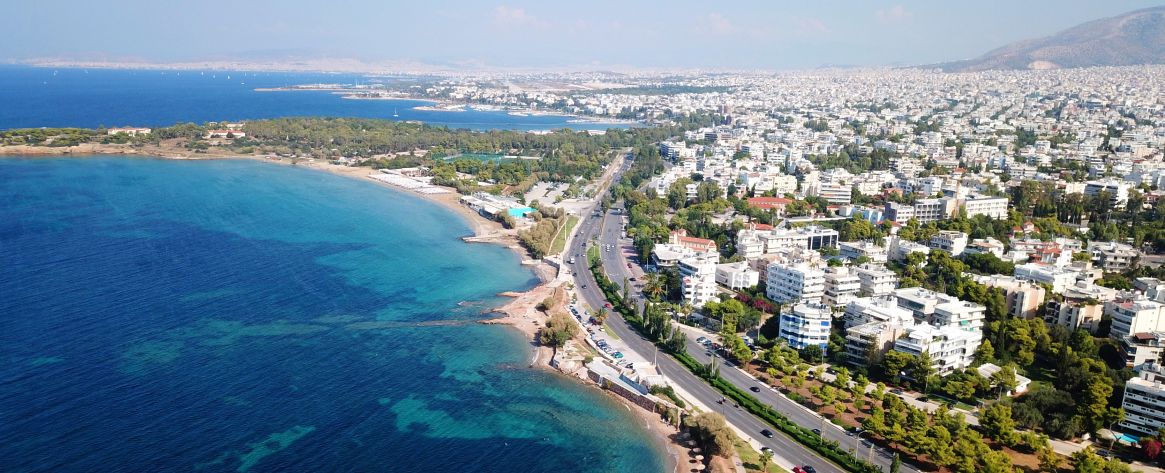

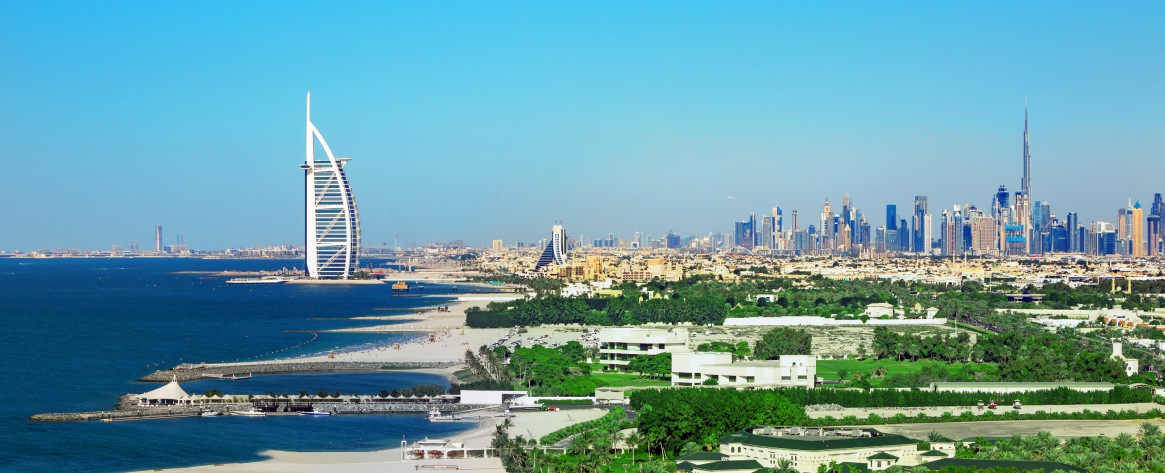
Tranio Global Real Estate
Ohmydesk Business Center, Al Fattan Downtown, 32d St, 103-104, Al Satwa Dubai, UAE

Tranio Global Real Estate
Lagoon Plaza, 21/6 Lagoon Rd, Cherngtalay Thalang Choeng Thale, Thalang District, Phuket 83110, Thailand
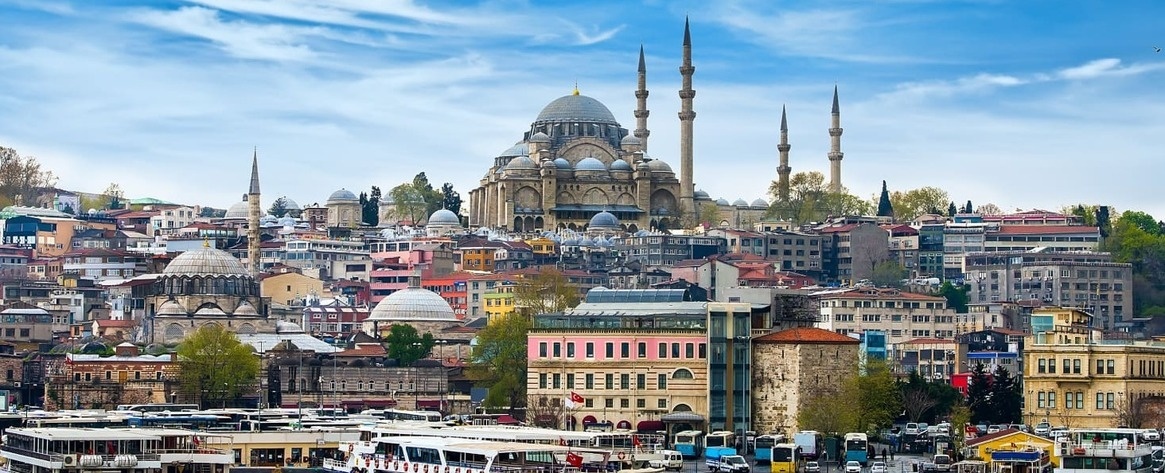
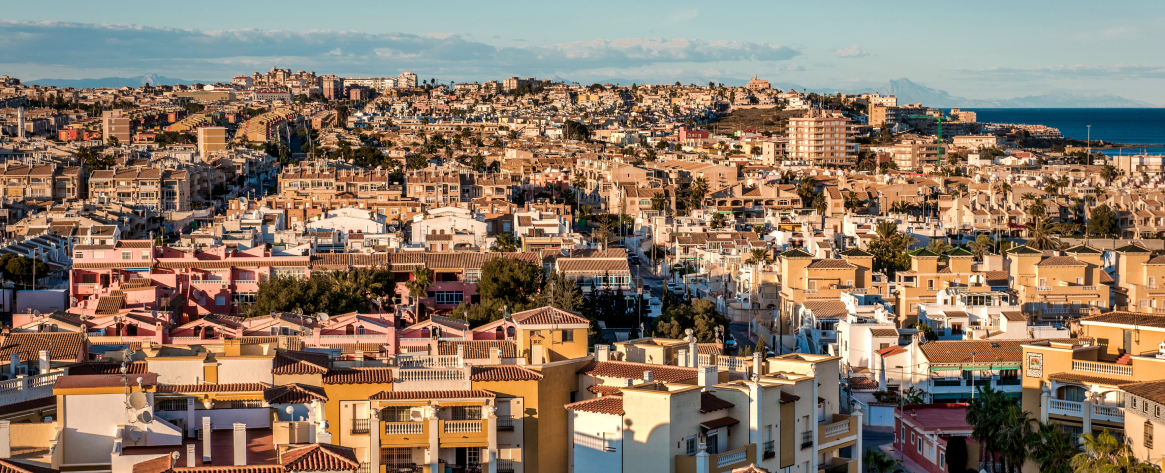

Tranio Global Real Estate
67 Jl Bypass Ngurah Rai Br Kerthayasa, Bali, Kuta Badung, 80361
- Greece property prices graph
- Buying a property in Greece after Brexit
- Greece mortgage for non-resident
- Greece property tax rate
- Greece utility bill: electricity, water, gas, etc.
- Types of residence permit in Greece
- What is a Golden Visa in Greece?
- How to get Greece citizenship?

Dual citizenship in Greece: how to get in 2024

Greece residence permit by investment in 2024

Where to stay in Athens
.jpg)
Athens yield calculator: comparing short-term and long-term rentals by example
.jpg)
How to obtain a Digital Nomad Visa in Greece

Invest in Greece real estate
... and 102 more publications- Bank of Greece: How housing prices in Greece have changed in 2023
- Greece expected to set different minimum thresholds for the golden visa programme depending on locations
- Property prices in Indonesia on the rise
- Hungary introduces new Golden visa programme
- Dubai and Bali became Tripadvisor's top tourist destinations
- Henley & Partners revealed the world's strongest passports in 2024
However, one reason why many Greek houses may appear to have a square or rectangular shape is because of the influence of ancient Greek architecture. Many of the principles of ancient Greek architecture, such as the use of symmetrical and balanced designs, continue to influence modern Greek architecture today.
Additionally, practical considerations such as maximizing usable space, minimizing construction costs, and accommodating modern building materials may also contribute to the prevalence of square or rectangular-shaped houses in Greece.
According to data from the Bank of Greece, the average price per square meter for residential properties in Greece was €1,160 in the fourth quarter of 2021, with the highest prices in Athens, Thessaloniki, and some of the more popular islands. However, it is important to note that these are average prices and that individual properties can be priced significantly higher or lower depending on their specific characteristics.
It is also worth noting that the cost of buying a house in Greece can be influenced by additional fees and taxes, such as the property transfer tax, lawyer fees, and notary fees, which can add up to several thousand euros to the final cost.
- Protection from invaders. In ancient times, people in Greece built their homes on hilltops for protection from invaders. The higher elevation provided a natural defense against attacks, making it easier for residents to defend their homes.
- Better views. Hilltop homes offer better views of the surrounding landscape, including the sea, mountains, and countryside. This is especially true in Greece, which has a rugged and beautiful terrain.
- Cooler temperatures. In Greece, summers can be extremely hot, and hilltop homes tend to be cooler than those in lower elevations. The higher altitude provides better airflow, and the cooler temperatures can make a big difference during the hottest months of the year.
- Tradition. In many parts of Greece, building on hills has become a traditional way of life. Families pass down their hilltop homes from generation to generation, and new homes are often built nearby to maintain the community and the sense of tradition.
Overall, building on hilly areas in Greece is a practical and cultural choice that has been embraced by its people for centuries.
In the Cycladic islands and Crete, houses were built using thick stone walls made of granite, marble, or volcanic rock. These walls were often plastered and painted white to reflect the sun's heat and to give the buildings a distinctive appearance. In some regions, houses were built using sun-dried mud bricks and clay.
In the mainland of Greece, houses were built using a combination of stone and timber. The walls were often made of stone, while the roofs were constructed with timber and covered with red clay tiles. The timber frames of the houses were often decorated with ornate carvings and painted in bright colors.
Today, many modern houses in Greece are built using more contemporary materials such as concrete and steel. However, there are still many traditional houses and villages throughout Greece that preserve the unique architectural style and building techniques of the past.
In the Cyclades islands and some parts of the mainland, such as the Peloponnese, stone is the most common building material. The white-washed houses with blue doors and shutters that are emblematic of the Greek islands are often made of local stone, which is both durable and visually striking.
In other parts of Greece, such as the northeastern regions of Thrace and Macedonia, timber is a more common building material, due to the abundant forests in these areas. Wooden houses are also popular in mountainous regions, such as Epirus and the Pindus range.
Clay is another material that has been used for thousands of years in Greece, particularly for making roof tiles and decorative elements. In some regions, such as the island of Crete, sun-dried mud bricks have been used historically as a building material.
In more recent times, modern building materials such as concrete, bricks, and steel have become increasingly popular in Greece, particularly in urban areas. However, many Greeks still cherish the traditional building methods and materials of their ancestors, and there is a growing movement to promote sustainable and eco-friendly building practices using natural materials such as stone, wood, and straw.
- Cycladic architecture. This style of architecture is prevalent in the Cyclades islands of Greece. Cycladic houses are characterized by their white-washed walls, flat roofs, and blue accents.
- Traditional island architecture. This style of architecture is found in many of the islands of Greece. Traditional island houses typically have two stories, with the ground floor used for storage and the upper floor for living space. The houses are usually made of stone or plastered brick, with red-tiled roofs.
- Macedonian architecture. This style of architecture is common in northern Greece. Macedonian houses typically have two stories, with wooden balconies and overhanging eaves. They are usually made of stone or brick, with white plastered walls.
- Peloponnesian architecture. This style of architecture is prevalent in the Peloponnese region of Greece. Peloponnesian houses are characterized by their large courtyards and high walls, which offer protection from the elements.
- Venetian architecture. This style of architecture is found in parts of Greece that were once under Venetian rule, such as Crete and Corfu. Venetian houses typically have two or three stories, with arched windows and balconies. They are usually made of stone, with red-tiled roofs.
These are just a few examples of the many styles of houses found in Greece, each with its own unique features and characteristics.
- Santorini. Known for its picturesque blue-domed churches and white houses perched on cliffs overlooking the Aegean Sea.
- Mykonos. Famous for its narrow cobblestone streets lined with white-washed buildings and colorful doors.
- Paros. Features traditional Cycladic architecture with white houses, narrow alleys, and blue-domed churches.
- Hydra. A car-free island with charming white-washed houses and narrow alleys, popular with artists and bohemians.
- Naxos. Known for its beautiful beaches and charming old town with white houses and blue doors.
Overall, the white houses of Greece are an iconic part of its architecture and cultural heritage.
Homeowners may choose to paint their own houses as a DIY project, but many opt to hire professionals to ensure a high-quality and long-lasting finish. Some areas may also have local regulations or restrictions on the colors or types of paint that can be used for house exteriors.
- Firstly, white paint reflects sunlight and helps keep the interior of the house cool during the hot summer months. This is particularly important in Greece, where temperatures can soar during the summer.
- Secondly, white paint is inexpensive and widely available. It is also easy to apply and maintain, which makes it a practical choice for many homeowners.
- Thirdly, the use of white paint on houses has a long history in Greece, dating back to ancient times. In fact, the ancient Greeks used white limestone to build many of their iconic buildings, such as the Parthenon in Athens.
- Finally, the use of white paint on houses in Greece is also a cultural tradition that has been passed down from generation to generation. It is a symbol of purity, simplicity, and harmony with nature, values that are deeply ingrained in Greek culture.
Another factor contributing to the high number of unfinished houses is the country's complex legal system. Disputes between property owners, contractors, and local government authorities can result in legal battles that can drag on for years, leading to delays in construction and leaving many buildings incomplete.
In some cases, property owners may have started construction projects with the intention of selling or renting out the completed homes, but the demand for housing may have decreased before the projects could be finished, leading to abandonment.
Overall, the high number of unfinished houses in Greece is a complex issue that can be attributed to a range of economic, legal, and social factors.
-

Euronews Source
-

ekathimerini.com
-

Issuu
-

Mansion Global
-

The Portugal News
-

The Spaces
-

BasNews
-

The European Times
Greece is one of the top ten countries to buy overseas property. More and more foreign investors are lured in by the golden visa programme and choose villas for sale in Greece in order to access the preferential visa rights.
Permanent residency in Greece can be obtained with an investment exceeding €250,000 which is enough to buy a 3-bedroom house with a small land plot in Chalkidiki, a two-storey sea-view house with a private garden and pool in the Peloponnese or a furnished villa in Crete just 500 m from the sea with a large land plot.
Foreign buyers opt for villas in Greece and island vacation retreats. The most popular destinations are the islands of Corfu, Crete, Mykonos, Thassos and the Ionian Archipelago. A Greek house can sell for €3,000–5,000/sq. m in Mykonos, from €2,000/sq. m in Corfu and Crete and €5,000–10,000/sq. m in Santorini.
Scenic resorts on the Athens Riviera like Kavouri, Voula, Vouliagmeni, Lagonissi, Anavyssos have beautiful beaches and a wide selection of real estate. A €150,000 price tag will get a cozy holiday getaway and coastal villas go for €2,000,000–3,000,000. Buying prices of houses in Greece vary from €150,000 to €10M, even reaching €15M.
